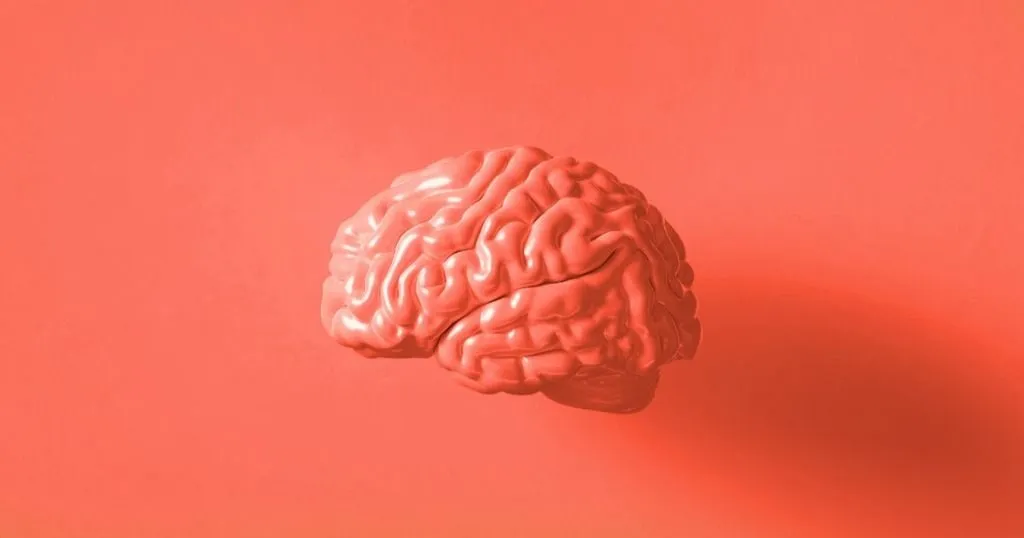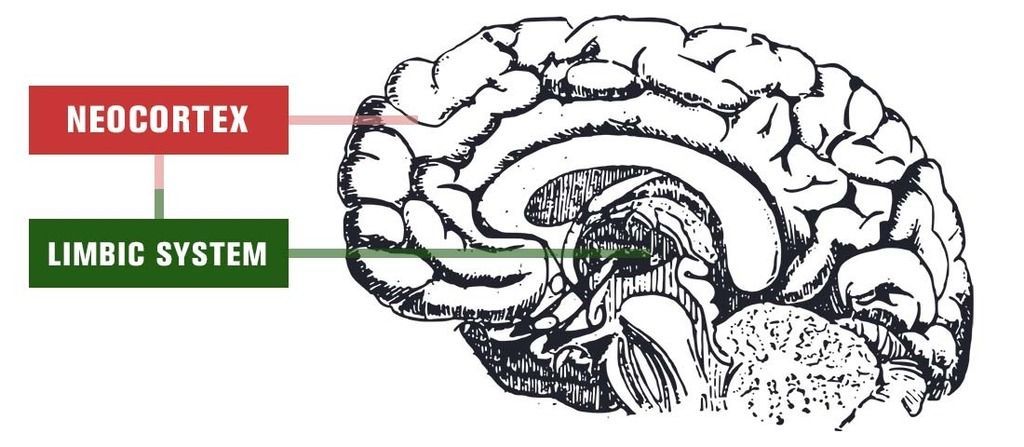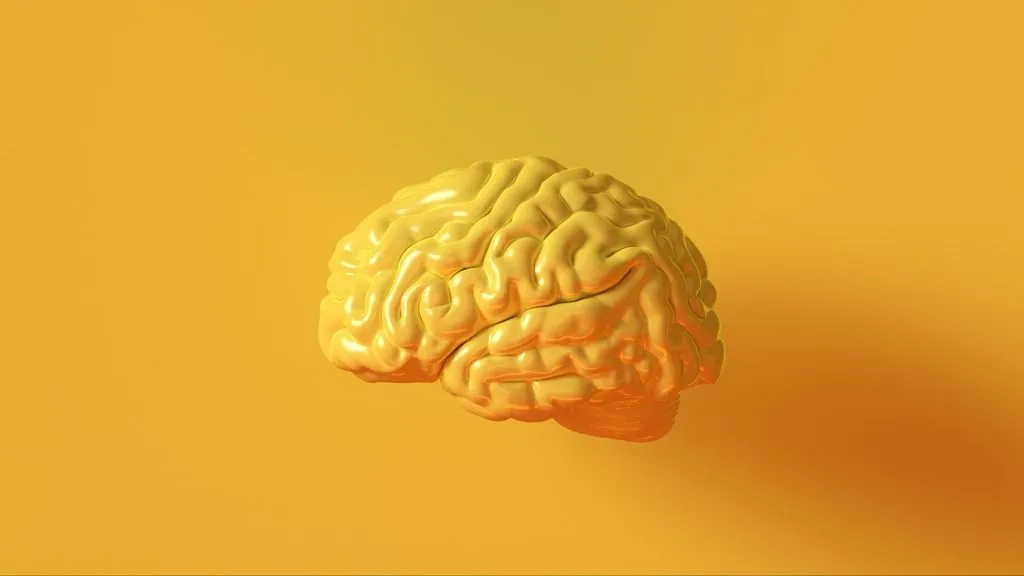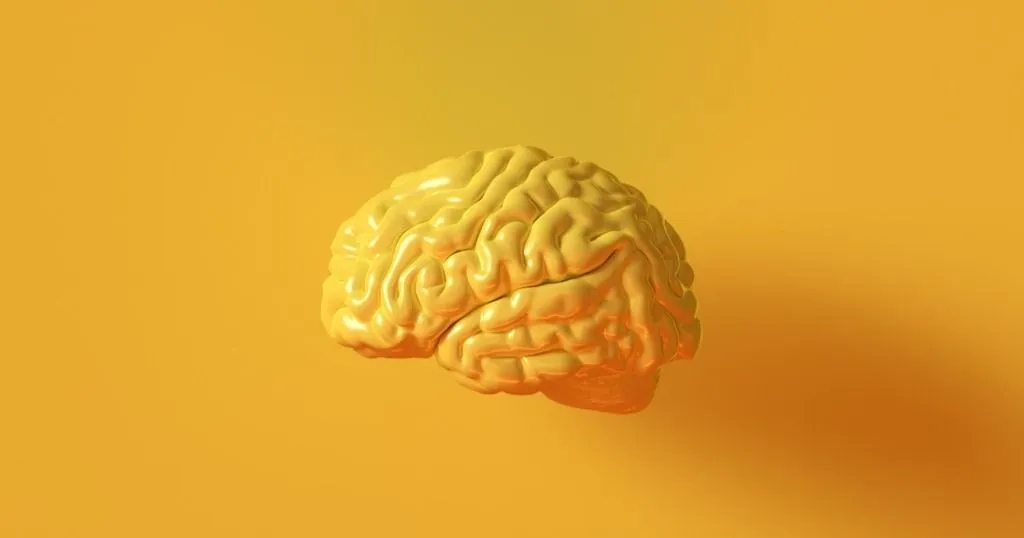Cognitive neuroscience: Emotions
In my previous blog post, I shared some of the basics of cognitive neuroscience. In this blog post, we will zoom into a more specific part of cognitive neuroscience: emotions.
Posted by
Published on
Thu 21 Nov. 2019
Topics
| Brain Research | Cognitive Neuroscience | Emotions | Facial Expression Analysis | Physiology |

Have you ever been at the most wonderful place during your vacation, standing on top of the world or at a beautiful square in the middle of the most idyllic town, and thought: ‘It’s just the firing of neurons that is making me feel happy right now’? Most of us probably don’t think that way.
It is bizarre to realize that most of our emotional moments are caused by electric signals in our brain, leading to an increase in hormones, creating an instant feeling of happiness, sadness, or anger.
Cognitive neuroscience: the brain
In my previous blog post, I shared some of the basics of cognitive neuroscience, such as the triune brain, and methods to detect brain activities. In this blog post, we will zoom into a more specific part of cognitive neuroscience: emotions.
What are emotions?
Emotions are related to interests: they signal that your interests are at stake, in a positive or negative way. These could be physical interests as well as social interests.
Your brain is hierarchical, and your cortex is only notified when you need to take action. Emotions can cause your cortex to pay attention because of the interests that are at stake.
Emotions to survive
As mentioned before, the limbic system in the brain constantly scans for things that you should pay attention to in order to survive.
Whether it is something dangerous in our environment, such as a predator, or the smell of a rotten piece of meat, the limbic system sends out a signal to the neocortex to make you aware of this danger. In that case, you will not eat the meat but instead, you will throw it away.

The parts of the limbic system that cause these reactions are ancient: the amygdala (fear) and ventral striatum (pleasure). Amongst other things, these brain regions influence the reactions to fight or take flight, or to explore the possibilities of rewards.
Automated actions
As explained by Dr. Antonio Damasio, a professor of neuroscience at the University of Southern California, emotions are a collection of automated actions aimed at a particular effect that will have importance for the regulation of life. Our brains have evolved such that emotions serve as a little package of rapid intelligence to help you quickly solve a problem without you having to think about it.
Some of these actions are very visible (facial expressions, posture, behavior). Other reactions involve less visible changes in bodily functions such as heart rate, blood pressure, and cortisol levels.
Feelings versus emotions
There is a difference between feelings and emotions. Emotions are a brief episode of coordinated brain, autonomic, and behavioral changes that facilitate a response to an event. They are lower level responses, coded in our genes.
Feelings are high-level responses which provide a mental and perceptual representation of what is physically happening inside our bodies. They are internal, subjective, and personal: the way you experience the emotion is based on your individual experiences, beliefs, and memories.
As Dr. Damasio said: “The order of such events is: I am threatened, experience fear, and feel horror.”
From self-reports to advanced techniques
Back in the day, researchers mostly used self-reports to ask how someone felt. However, since feelings are internal and subjective, they cannot be measured accurately.
Because emotions are physical, they can be brought to light by combining different physiological measurements like heart rate and blood pressure, or by analyzing facial expressions.
Facial expressions can tell us a lot. A smile can indicate happiness or approval; a frown can signal anger or unhappiness. These facial expressions expose our emotions, and thus our true feelings, about a situation.
It can also be the other way around. Facial expressions can influence your emotions, as Marsha Wichers shows. As a cosmetic doctor and visual artist in the Netherlands, Marsha underwent full facial Botox injections and found it difficult to experience the emotion that was linked to the expression. She could not show the expression, and thus could not feel it strongly.
Learn more about how to measure emotions in the blog series of my colleague Patrick.
Cognitive neuroscience: behavior
Emotions guide your thinking and your behavior through powerful consciously experienced emotions and through unconscious emotional associations (intuitive preferences or aversions). But more about behavior in the next blog post…
Don’t want to miss this next blog post? Stay posted and subscribe now! You will receive updates of new blog posts every month.
References
Baars, B. J., & Gage, N. M. (2010). Cognition, brain, and consciousness: Introduction to cognitive neuroscience. Burlington, MA: Academic Press/Elsevier.
This Time With Feeling: David Brooks and Antonio Damasio. The Aspen Ideas Festival. https://www.youtube.com/watch?v=IifXMd26gWE
Related Posts

The science behind your emotions

Neuromarketing research: Innovative research methods and techniques

